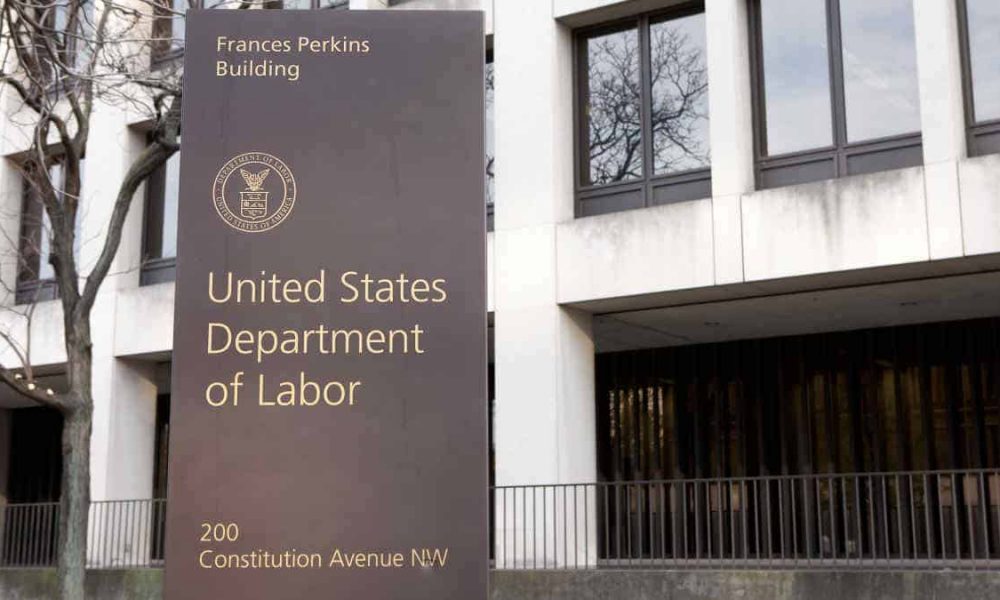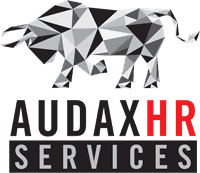On May 3, the Occupational Safety and Health Administration (OSHA) held a public meeting to discuss its ongoing activities regarding heat-related hazards, including its Heat Illness Prevention Campaign, compliance assistance activities and enforcement efforts. What do employers need to know about this latest move by OSHA?
Why Was This Meeting Held?
On Oct. 27, 2021, OSHA published its advance notice of proposed rulemaking (ANPRM) for heat injury and illness prevention in outdoor and indoor work settings in the Federal Register. At that point, OSHA began its rulemaking process to implement a heat-specific workplace standard. In its ANPRM, OSHA noted that it had reviewed standards, like California OSHA’s, on preventing heat illness and death, and requested comment on if OSHA should incorporate mitigation measures from those standards into an eventual final federal rule. The May 3 meeting was held as part of that process, to notify the public of its related initiatives and get feedback from the regulated community and the public about what a proposed rule should look like.
What Was the Key Takeaway?
Employers cannot ignore the prospect of OSHA inspections for heat-related injuries and illnesses. OSHA confirmed that its explicit goal is to increase the number of heat-related inspections by 100 percent over 2017-2021, and, to that end, OSHA will attempt to expand ongoing inspections to include heat-related hazards. Unfortunately, OSHA noted that it would focus on heat-related hazards particularly on heat priority days when the temperature is above 80-degrees and when the National Weather Service (NWS) has issued a heat advisory or warning as a trigger—despite the imprecise nature of NWS alerts and the variability of how heat affects individual workers. Employers must review OSHA’s new National Emphasis Program (NEP) related to heat illnesses and injuries for both outdoor and indoor workers, which was announced on April 12. Not surprisingly, during the public meeting, OSHA reiterated what it believes are the best ways employer can prevent heat illness injuries for workers:
It is likely OSHA will propose and eventually adopt some or all of the above into a formal OSHA standard, perhaps modeling its standard on California’s Heat Illness Prevention in Outdoor Places of Employment rule, which contains many of the above mitigation measures to avoid injuries and illnesses due to heat. At least one commenter in the May 3 meeting referenced California’s requirements.
What Should Employers Do?
While we do not yet have a proposed rule to follow, given OSHA’s NEP and ongoing efforts to protect workers from heat-related hazards, employers should implement the above practices. Most of the steps above are self-explanatory and should be implemented whenever feasible for worksites where employees perform even light work for an extended period of time outdoors in the heat or near radiant heat sources indoors.
One key item that many employers may not be familiar with is acclimatization. Employers should follow the steps below for new workers or workers who have not performed tasks in heated environments for the past few weeks:
Conclusion
Until we have a proposed rule from OSHA or more detailed guidance, following OSHA’s recommendations above and reviewing its new NEP will give employers the best chance of successfully avoiding an OSHA citation while giving workers maximum protection from heat-related injuries and illnesses.
Micah Dickie is an attorney with Fisher Phillips in Atlanta. © 2022 Fisher Phillips. All rights reserved. Reposted with permission.
This content was originally published here.



